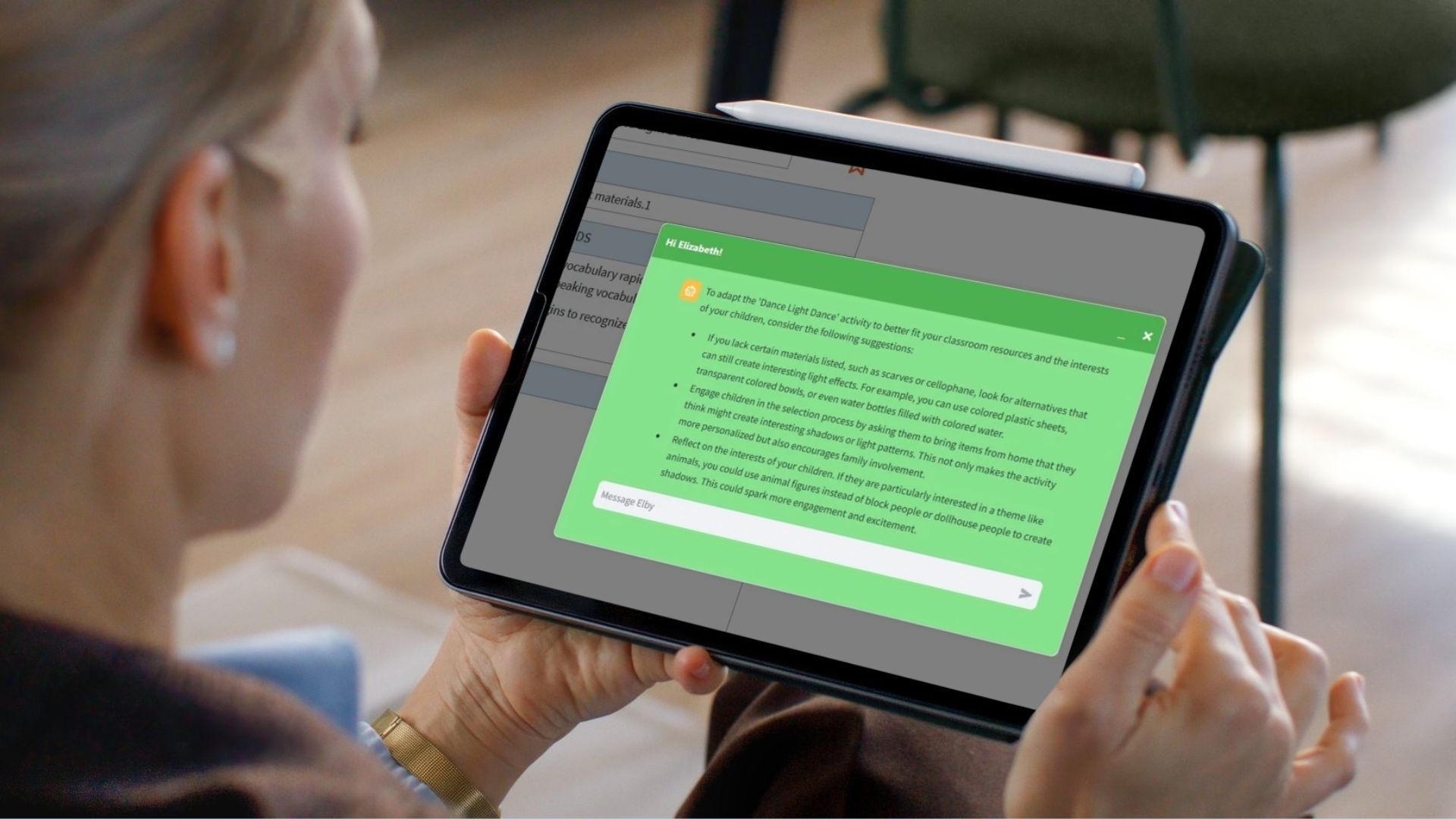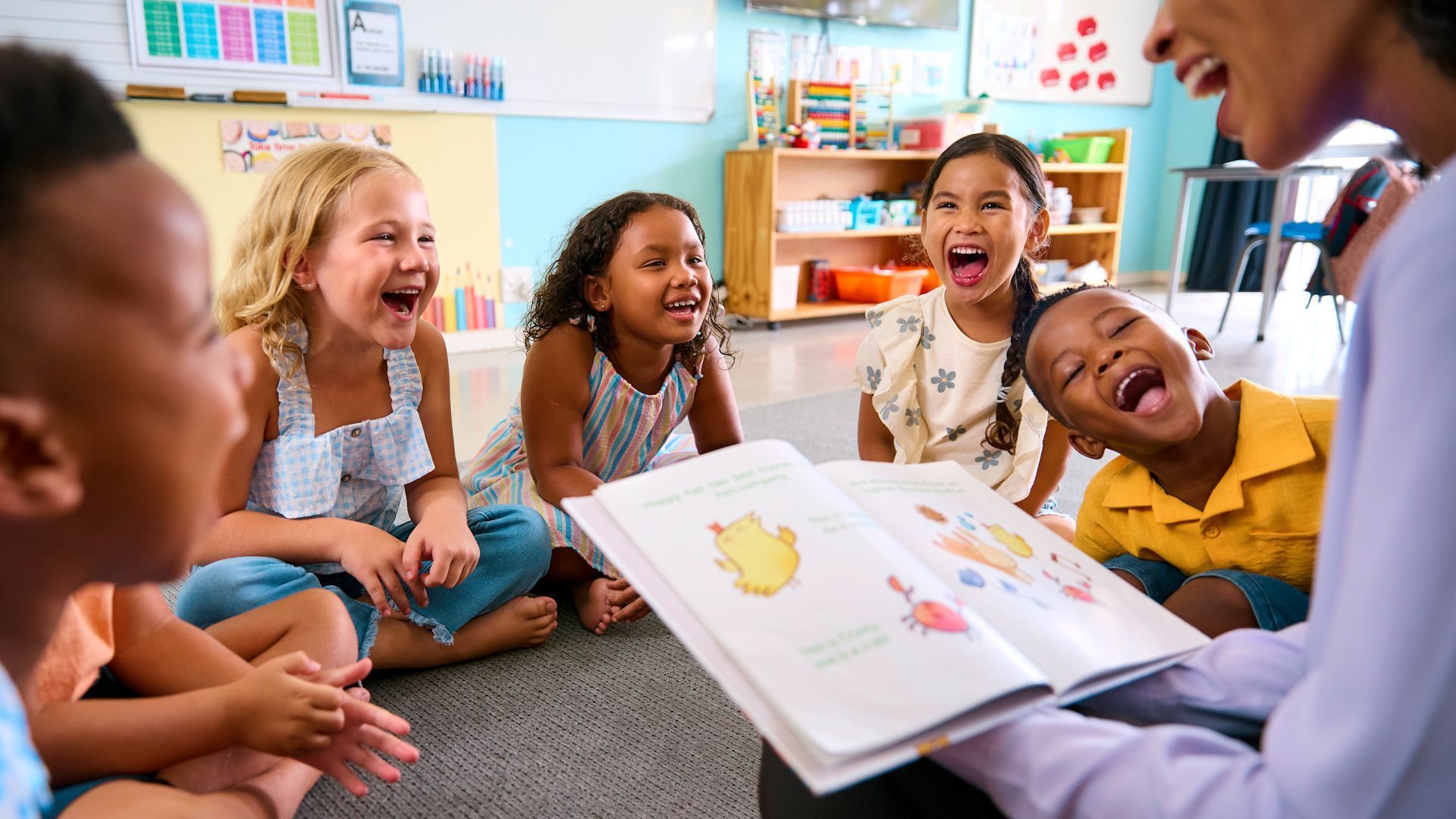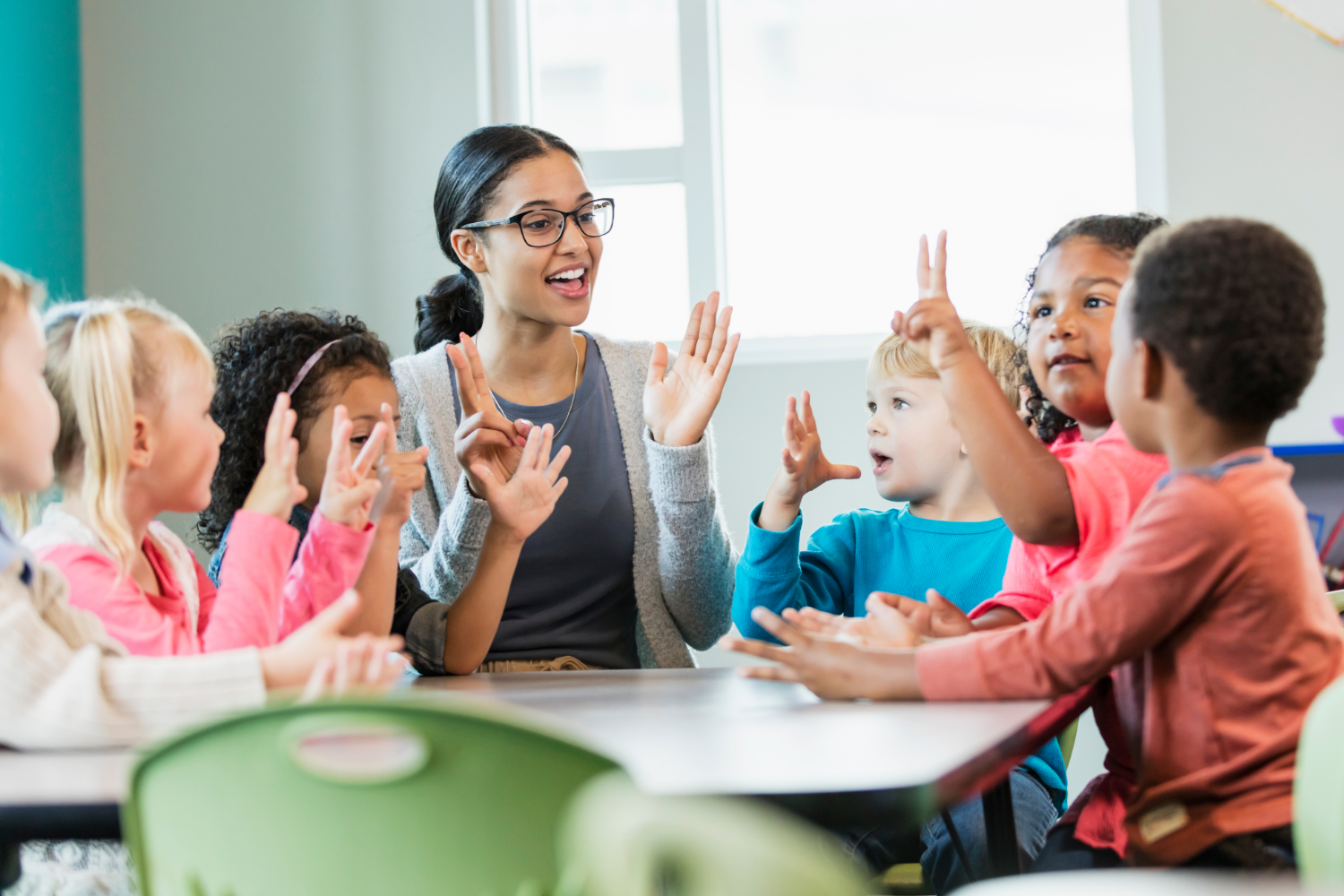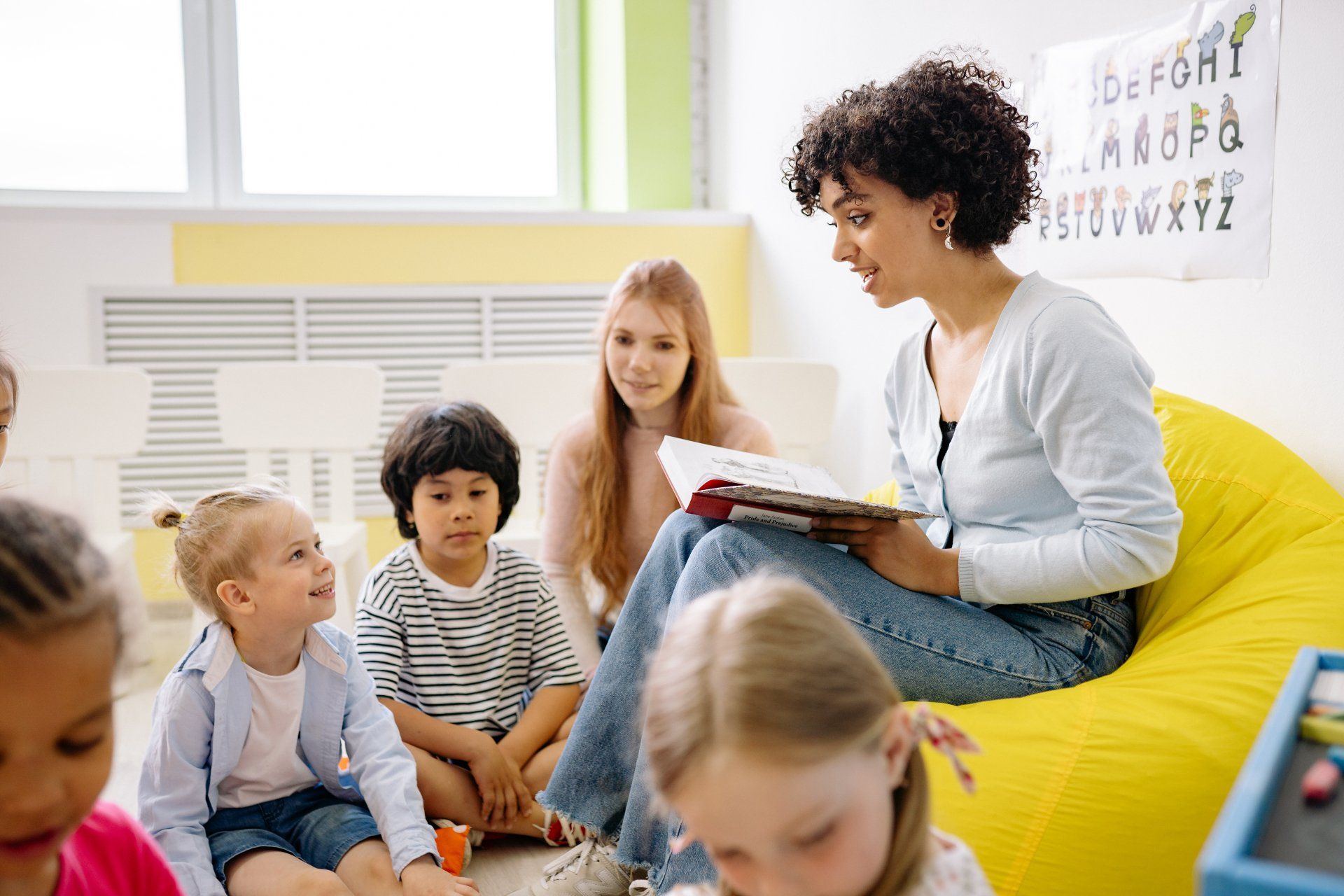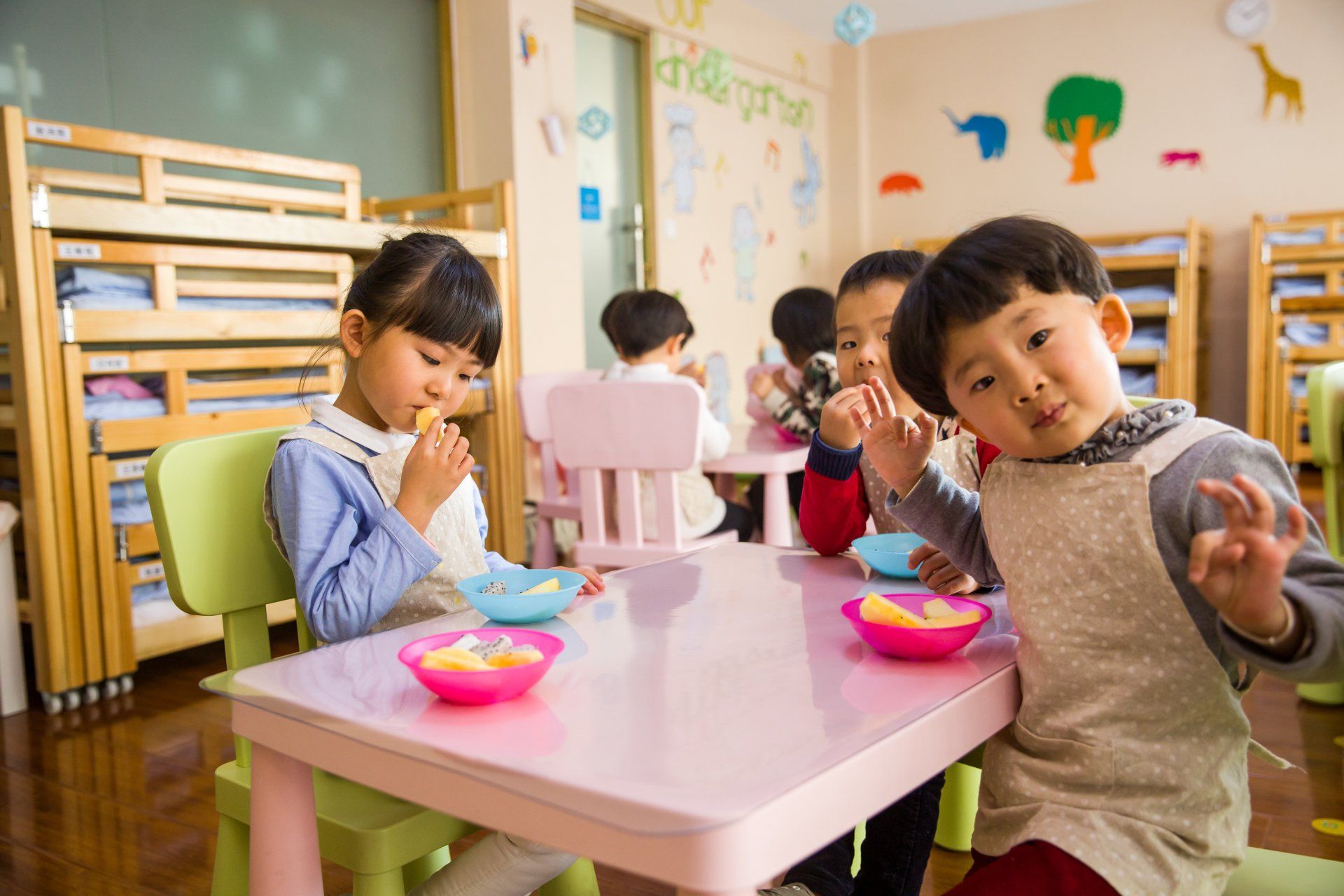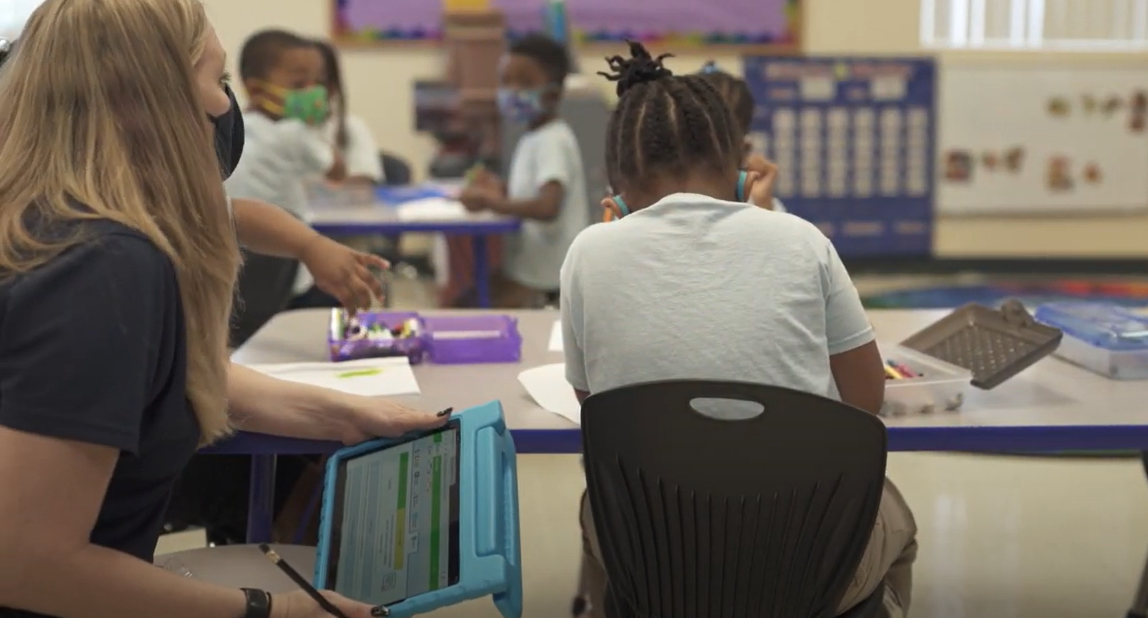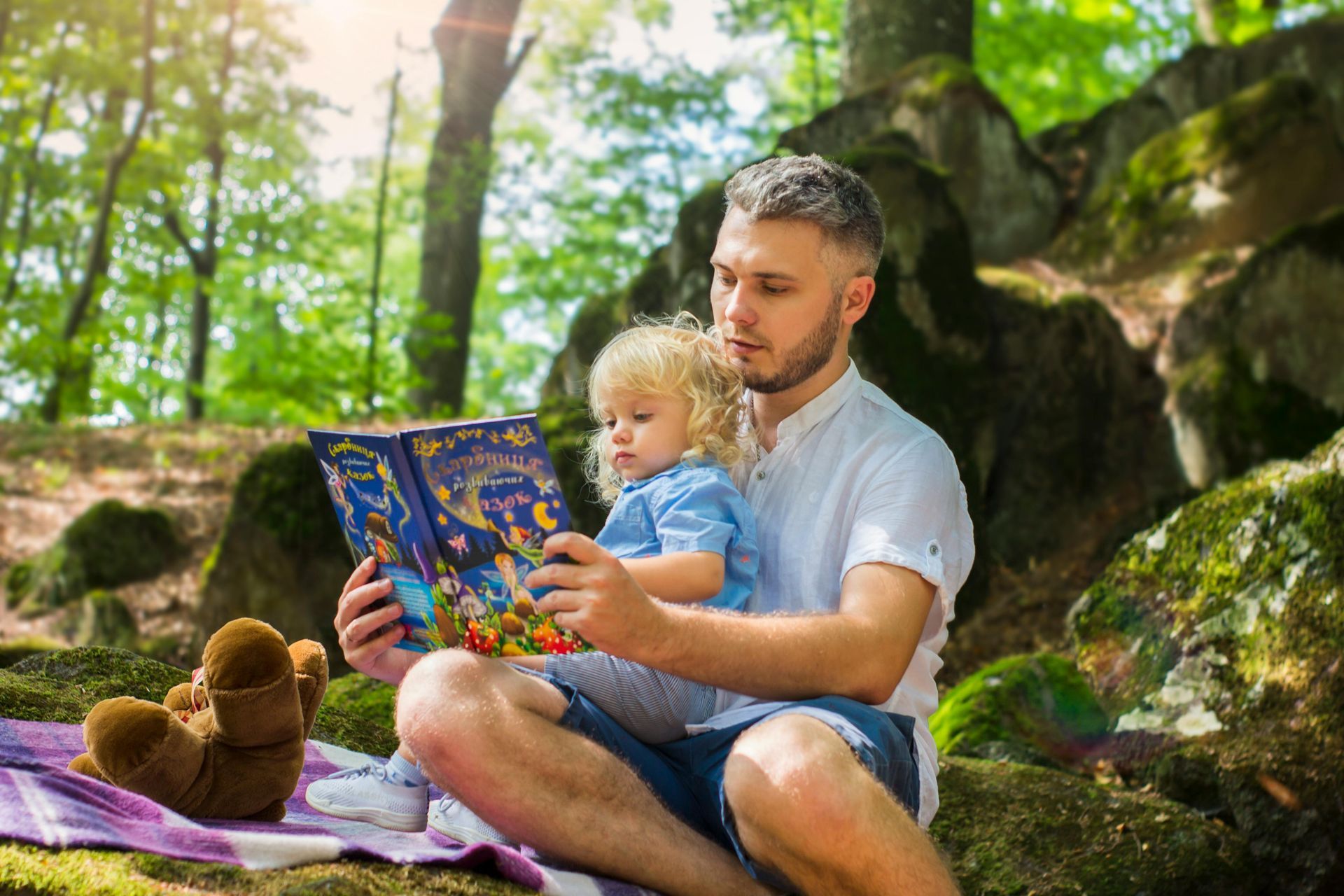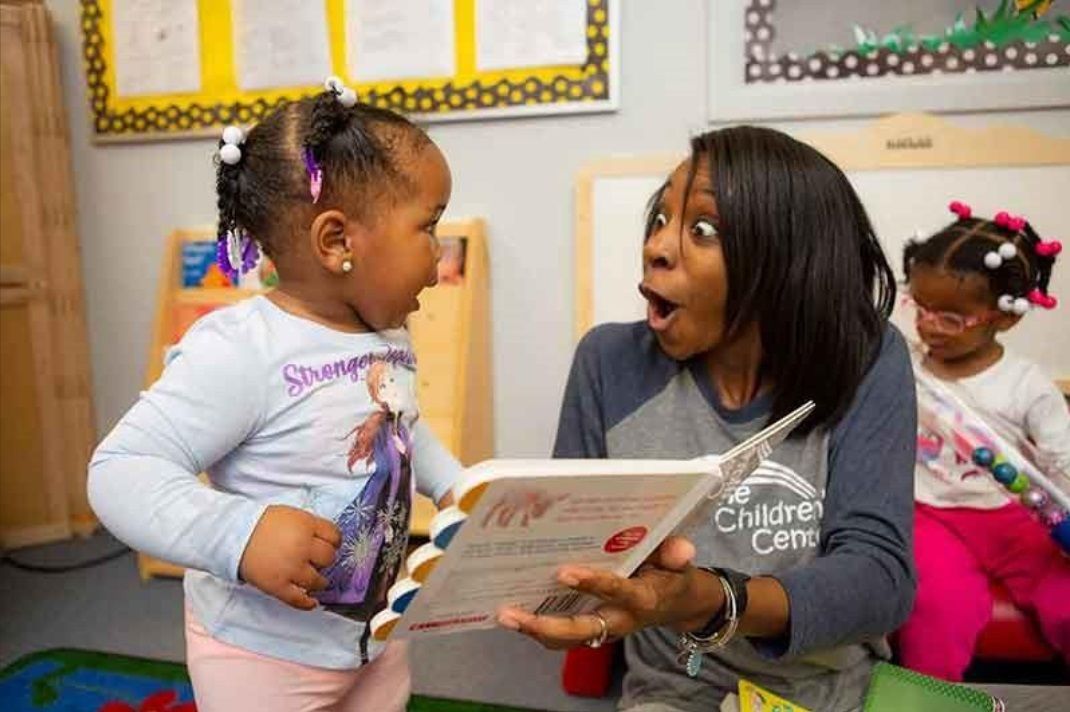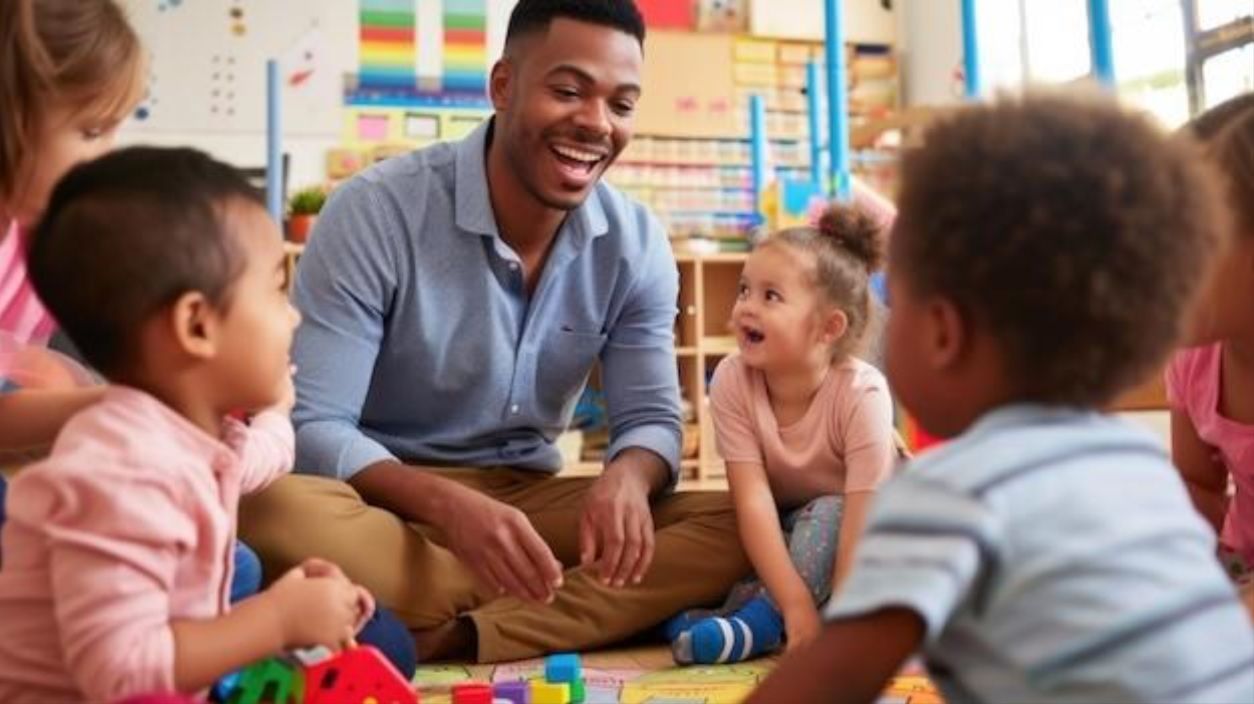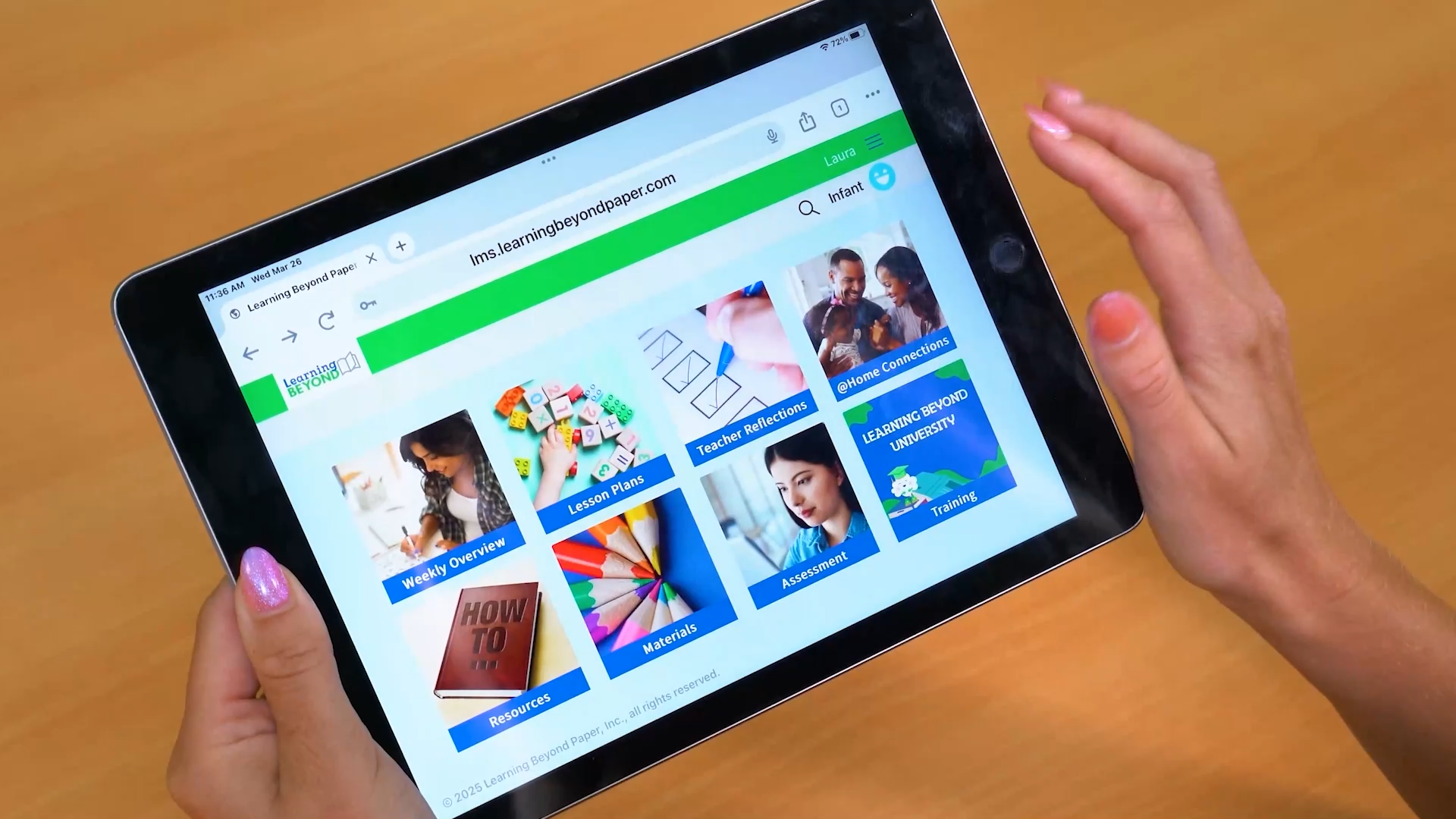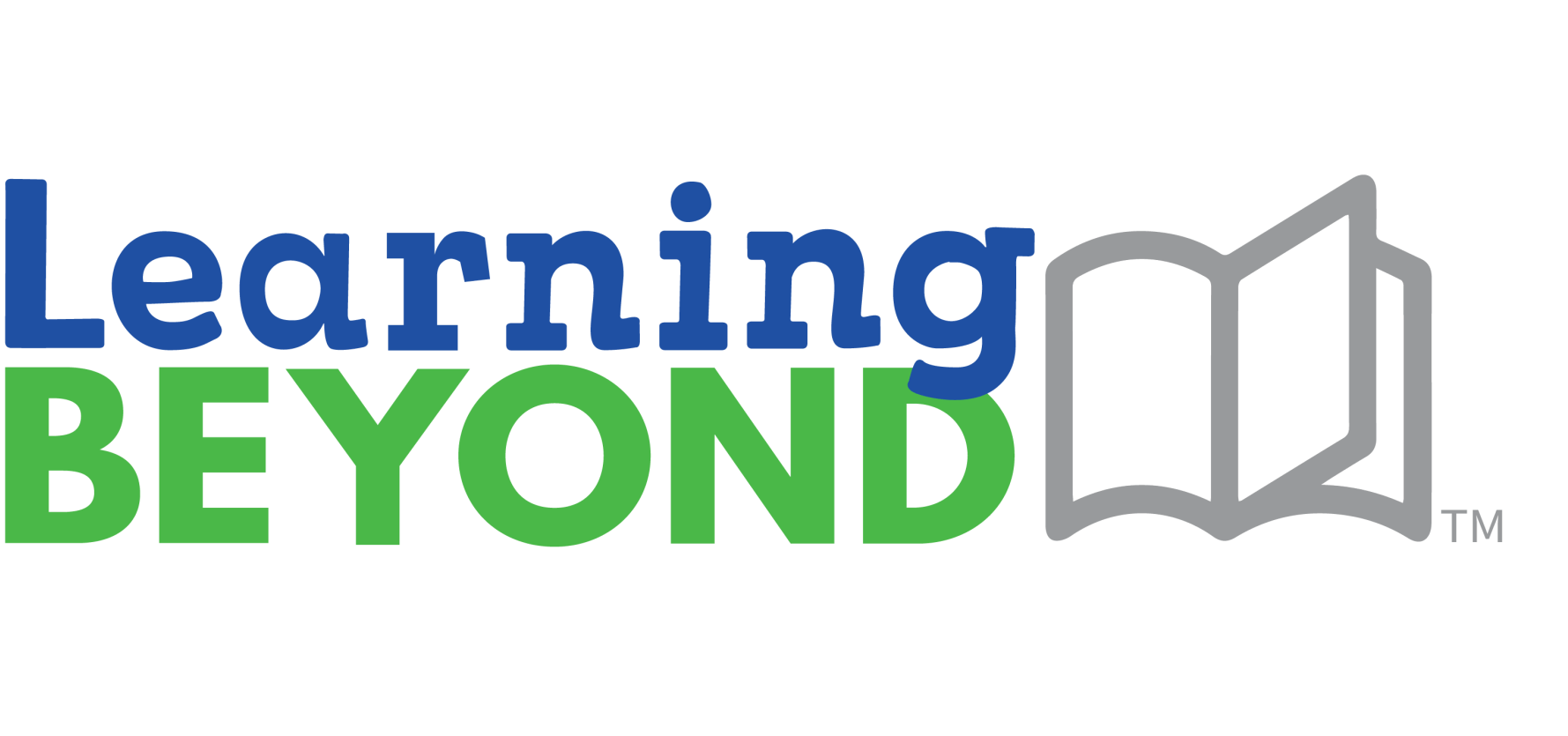Making your child care center a great place to work with a positive work culture for all employees is key to educators’ well-being and success, as well as to the happiness and success of the children your center educates!
Happy workplaces make happy teachers! By building a positive culture where individuals feel valued, respected and heard, a sense of teamwork, friendship and camaraderie is created. Also, who wants to leave a job you
actually look forward to going to each day–even if it might be slightly less pay than another job?
Let’s find out how to build a positive work environment!
Here are some great ways to boost morale and create a feeling of connection among colleagues on a personal level:
- Celebrate accomplishments, special events and birthdays for the staff
- Greet every person on the team by name every day
- Have chocolate or sweets on your desk and encourage everyone to stop by and say hello
- Always have a smile on your face. Model the behavior and body language you want to see in your staff.
- Get to know each member of your team
- Learn their communication style– Are they a hugger or straight to the point person?
- Have each member fill out a quick “get to know you” questionnaire and make it accessible to everyone. Include:
- Birthdays
- Favorite color
- Favorite food, candy, and store
- Schedule a 15-minute meeting with team members and:
- Ask about their family
- Career goals
- Like/dislikes
- How do they like to receive praise
- Where do they see themselves in 5 years…and it’s ok if it’s not with your organization!
- No shop talk!
There are also ways to create a positive working environment during the work day and woven through daily activities. Here are a few:
- Be a servant leader. Offer to help your teacher with anything at any time
- Ask teachers to lead parts of the staff meeting
- Go into the classroom and just play with kids, offer a 5-minute break or make a positive comment about a display or bulletin board
- Delegate. This shows trust and professional development
- Provide ongoing professional development and education, and attend Professional Development courses with your team so you can support them
By prioritizing a positive work culture, you can change the entire dynamic of your child care center into one that leads to the well-being and success of all. With just a few, simple, positive changes that show teamwork, support, admiration, appreciation and respect, your child care center can be a place teachers look forward to coming to each day! So don’t wait! Try a few – or all – of these tips in your center and watch the morale improve.
View more of our blogs!
